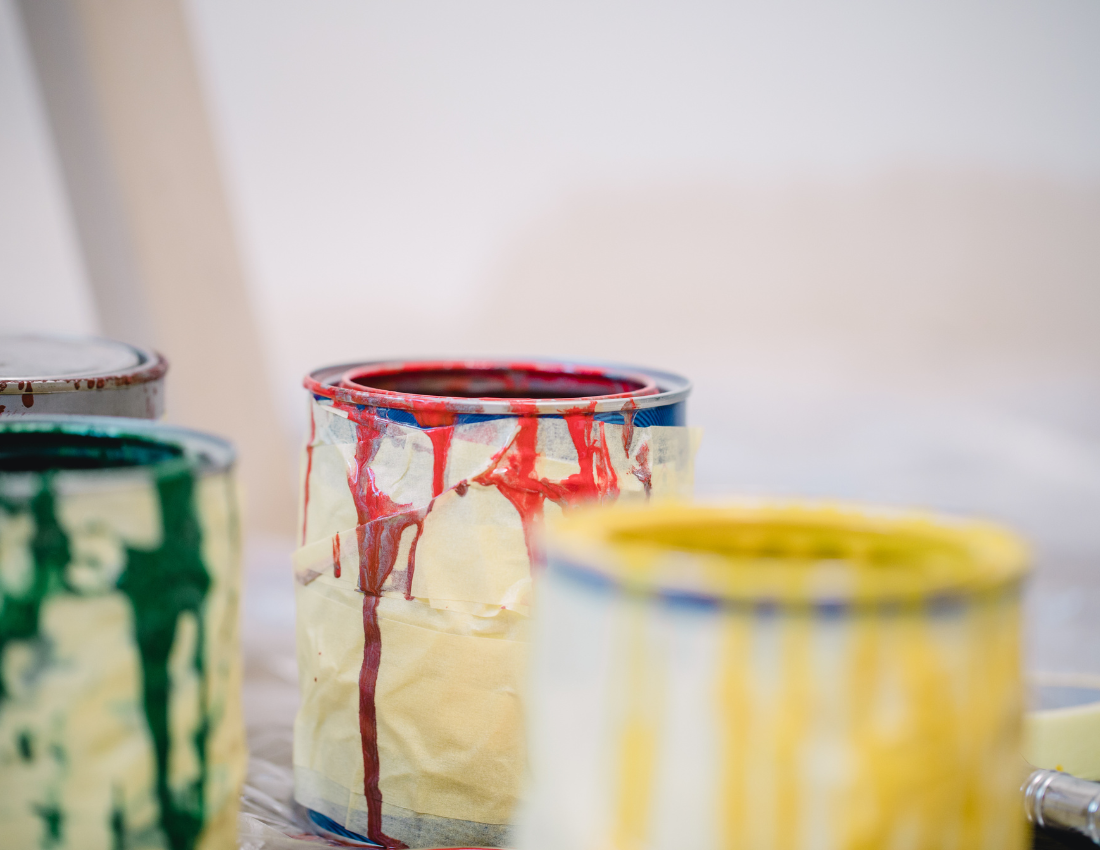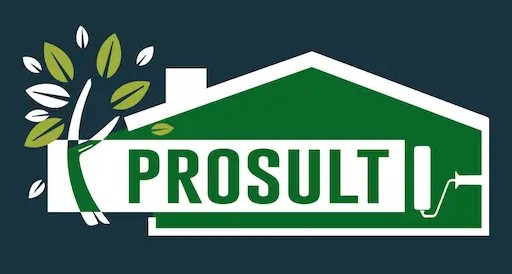Wondering how much paint you need for your next painting project?
A paint calculator can take out the guesswork and help you get it right the first time. Whether you’re painting one room or an entire home, calculating the right amount of paint can save you money, prevent waste, and help you finish strong without surprise trips to the hardware store.
This guide walks you through how to use the tool properly. You’ll also get a better idea of how doors, windows, ceiling paint, and multiple coats affect your total.
Let’s break it down step by step and make the paint calculator easy to use and understand.
Key Takeaways:
- A paint calculator helps estimate paint needs based on room size, shape, and wall dimensions.
- Subtracting doors and windows gives a more accurate paint amount by reducing total surface area.
- Two coats of paint are standard, but one or three may be better depending on surface and color.
- Ceilings require separate calculations and often a different type of paint for best results.
- Matching existing paint can reduce how much you need.

How to Use the Paint Calculator
A paint calculator works by estimating the number of gallons you’ll need based on the size of your space. It factors in your room shape, wall dimensions, doors, windows, number of coats, and even ceiling coverage.
Most people guess or buy extra “just in case.” That often leads to wasted paint and money. A calculator removes the guesswork. All you need are a few basic measurements and a sense of how detailed you want to be. The tool does the rest.
For reference, a gallon of paint typically covers about 350 square feet, but that number changes depending on paint type, thickness, and surface texture.
Paint Calculator
Total Paint Needed:
0 Gallons
Note: This calculator provides a rough estimate. Actual paint usage may vary based on surface texture, paint brand, and how the paint is applied. We use a standard coverage of 175 square feet per gallon per coat to generate this estimate.
How to Use It
Here’s what to gather before you begin:
- Tape measure
- Pen and paper or phone notes
- Number of windows and doors
- Whether you want to paint the ceiling
- Plan for one, two, or more coats
Once you’ve got those details, follow the steps below using the paint calculator.
Choose Your Room Shape
Start by selecting the layout that best describes your room. Most homeowners will pick rectangle or square, but there’s also a custom option for unique spaces.
Rectangular or square rooms usually have four walls, which is what most bedrooms, living rooms, and kitchens fall under.
L-shaped or open-concept spaces may require more inputs. If that’s your setup, the custom option lets you add as many wall dimensions as needed.
Your shape matters because it determines how much wall surface you’ll need to cover with paint.
Enter Wall Dimensions
Once the shape is selected, you’ll enter the width and height of each wall. Multiply width by height to get the total square footage per wall. The calculator will add this up for you automatically.
Let’s say one of your walls is 12 feet wide and 8 feet high. That’s 96 square feet. Do that for each wall you’re painting.
Tip: Don’t forget accent walls. If you’re using a different color for one wall, note it separately in your planning.
Subtract Doors and Windows
Next, subtract anything that won’t be painted—mainly windows and doors. These can really change your total surface area.
- A standard door is about 20 square feet
- A standard window is about 15 square feet
Let’s say your room has two windows and one door. That’s 50 square feet less you’ll need to paint. The paint calculator subtracts those areas for you as long as you enter the correct numbers.
If you’re painting trim or the doors themselves, that’s a separate job and not included in this wall calculation.
Want to Paint the Ceiling?
Not everyone includes ceilings in their painting plans, but if you do, it’s easy to add. Just check the option in the calculator.
Measure the length and width of your ceiling and multiply those two numbers. For a 12-by-12 room, that’s 144 square feet of ceiling area.
Ceilings often need a different type of paint too. It’s typically flat and splatter-resistant.
Choose the Number of Coats
Most rooms need two coats to get full color coverage and durability. But here’s how you know what to choose:
- One coat might work if you’re using high-pigment paint or repainting the same color.
- Two coats is the safe, standard option.
- Three coats may be helpful for bold color changes or high-traffic areas.
Don’t forget, your paint type matters. If you’re using low-VOC paint or painting over fresh drywall or primer, the surface may absorb more paint than you expect.
Example Walkthrough
Let’s say you have a 10×10 bedroom with 8-foot ceilings, one window, one door, and you’re applying two coats of paint but not painting the ceiling.
Here’s what that would look like:
- 4 walls at 10 feet wide x 8 feet tall = 320 square feet
- Subtract 15 sq ft for the window and 20 for the door
- Total wall area = 285 square feet
- Two coats = 570 square feet of coverage needed
- Result: You’ll need about 2 gallons of paint
The paint calculator does all of this for you. Just plug in your numbers and get your estimate.
Wrapping It Up
Using a paint calculator can take a lot of the stress out of home improvement. It gives you a solid estimate, saves time and money, and helps you plan smarter for your project.
Before you grab a brush or hit the store, take a few minutes to measure and plug your numbers into the tool. It’s simple, quick, and can save you a trip back for more paint.
Here’s how Oakcliff Painting makes painting even easier:
- We provide free onsite and virtual estimates
- We’ll measure everything for you during your consult
- We recommend the right paint products for your space and surface
- We handle prep, clean-up, and final walkthroughs
- Our team is made up of experienced painters who respect your home and your time
Ready to make your project smooth from the start?
Contact Oakcliff Painting today for professional painting help in Atlanta, Alpharetta, Sandy Springs, GA and the surrounding areas or call us at 770-405-3449 for your FREE estimate!


